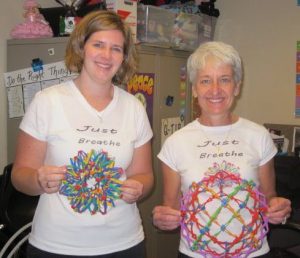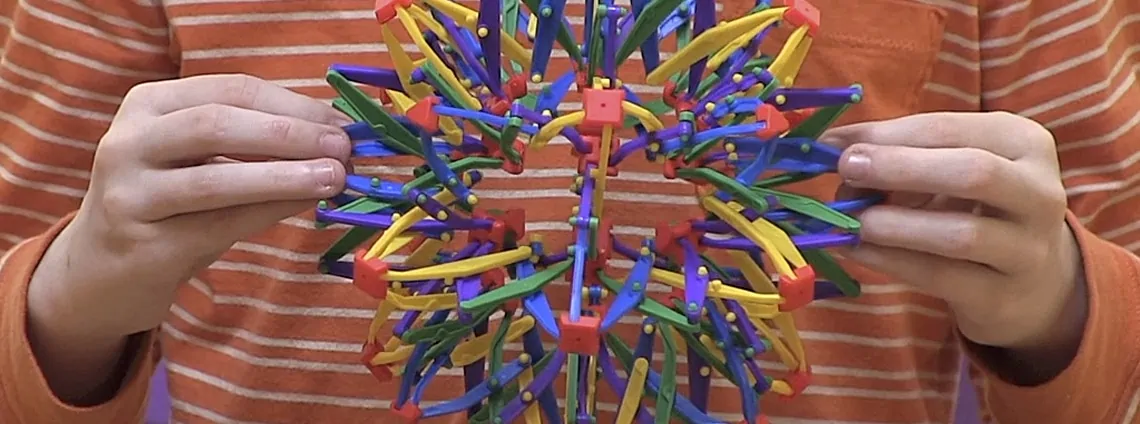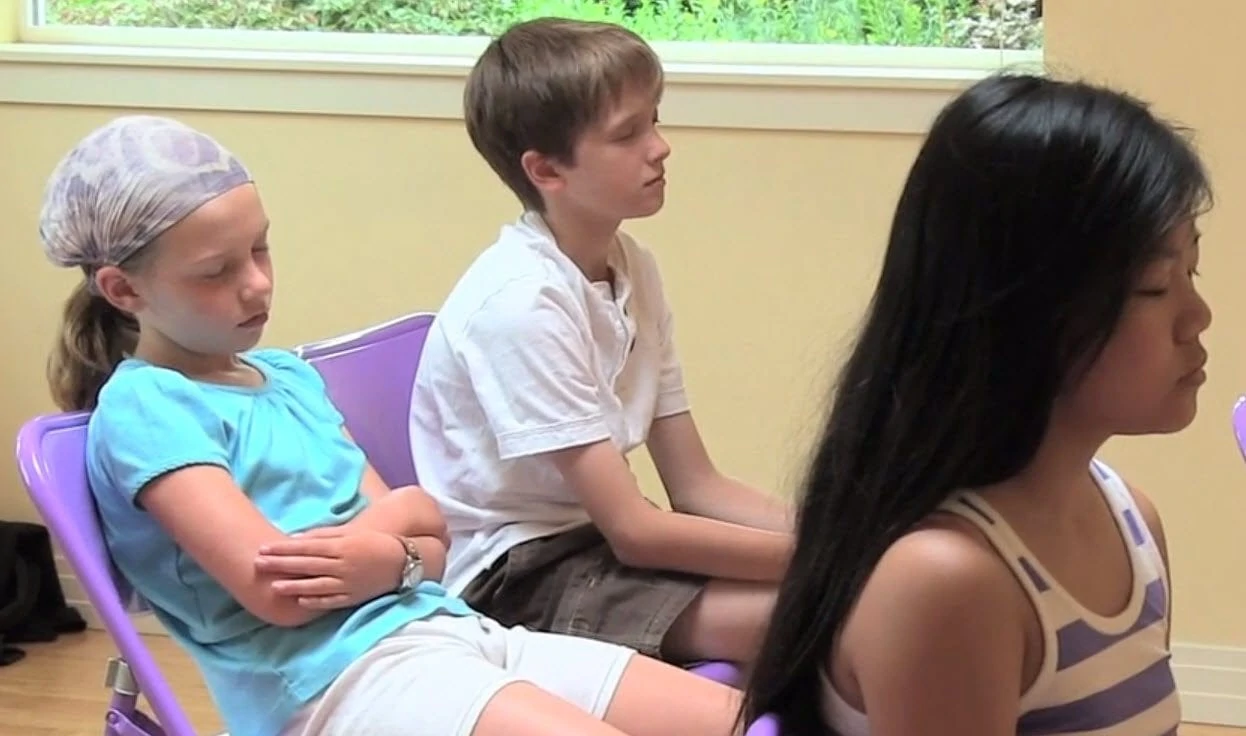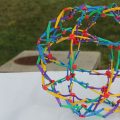Watch a baby at rest, and you’ll see a good example of healthy breathing. The pattern is relaxed, slow, and wavelike. Every bone, muscle, and organ moves with each breath.
Unhealthy breathing, by contrast, is rigid or inappropriate to the situation and often exhibits excess muscle tension. The breaths are often high in the chest, overly fast, and shallow. Often, there’s no pause between breaths, or there may be breath holding or gulping.
Such habits reinforce feelings of tension, agitation, and anxiousness. By contrast, a healthy breathing pattern elicits a relaxation response, shifting the nervous system from fight-flight-or-freeze mode to a state of relaxed alertness.
Take a moment to feel the difference for yourself. First, take 7 to 10 short, shallow breaths in a row – fewer if you find yourself starting to feel a little anxious or agitated. Follow that with 7 to 10 long, deep breaths from your diaphragm (belly), and savor the calm that it generates.
Now, which one would you rather have as a habit?
Because breath patterns have such a profound effect on our general health and mental states, breath awareness is at the heart of almost all yoga practices. Breathing interacts with and affects the cardiovascular, neurological, gastrointestinal and muscular systems. It also has general effects on sleep patterns, memory, energy levels and concentration.
In Yoga Calm, one of our favorite ways of teaching children how to breathe healthfully is by using a breathing sphere.
Use Breath to Regulate, Relax, & Relate
In the classroom and school environments in which Yoga Calm is most commonly used, breathwork lends itself readily to focus and mindfulness, preparing students to learn. Speeding thoughts slow down. The body as a whole relaxes. Body and mind become centered, grounded.
We first used a Hoberman sphere over 20 years ago, when Lynea brought it to use in her elementary school’s behavior classroom where Yoga Calm was born. This simple and elegant tool to establish healthy breath patterns is a great way to start the school day, setting the stage for learning.

As the sphere expands, you inhale deeply and slowly through the nose, from the belly. Then you pause, emulating the short, natural pause that happens at the “top” and “bottom” of each healthy breath. As the sphere contracts, you exhale through the nose just as slowly, pushing out the air with the belly.
The first few times you do this, you or another adult should lead, explaining when and how to inhale and exhale, with each breath swelling up from the abdomen to the chest and back down again, like waves on a beach.
Rhythm and slowness are the two keys to using a breathing sphere effectively. By consciously slowing our breath, especially the exhalation, you can facilitate the relaxation response even more and develop some control over how your nervous system responds to your environment.
The expansion-contraction cycle may be repeated as many times as necessary, but we find that 5 to 10 cycles to be the sweet spot for calm and focus alike.
Once the group has become comfortable with using a breathing sphere, encourage a different child to take the lead each day and establish the breathing rhythm. Having children lead is a powerful and effective way of supporting their social and emotional development – something that’s just as important as supporting their physical health and well-being.
Breathwork with a Sphere Is Suitable for All Students & Teachers

Synchronized breathing in a group exercise is also useful for developing a sense of community and safety as the group’s energy coalesces by breathing together. Simply, we are affected by each other’s breathing patterns. Conversely, it’s hard to relax and concentrate when we’re around stressful breathing patterns.
And when teachers learn, practice, and model healthy breathing, their classes become calmer and more productive, even as everyone’s health and well-being benefits.
Try it now, following along with Lynea in this segment from our Yoga Calm Youth Instructor Certification Bundle:
It all starts with breath.





